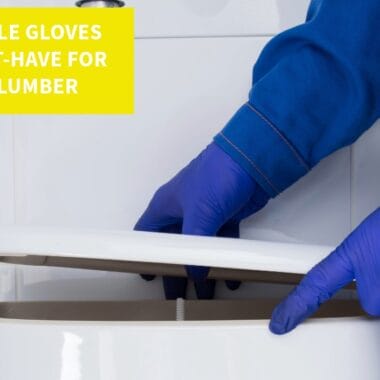What is PPE Reconditioning?
PPE (Personal Protective Equipment) reconditioning refers to the process of cleaning, repairing, inspecting, and restoring protective equipment to ensure it meets safety standards for continued use. PPE reconditioning helps extend the lifespan of items such as helmets, gloves, respirators, and safety harnesses, maintaining their protective properties while reducing the need for frequent replacements. Reconditioning involves evaluating the condition of the equipment, repairing or replacing worn-out components, and certifying that the equipment is safe for further use.
PPE reconditioning is commonly used in industries such as construction, manufacturing, healthcare, and firefighting, where protective gear is exposed to harsh conditions and must be kept in peak condition to ensure worker safety.
Importance of PPE Reconditioning in the Enterprise Environment
In enterprise environments, where the safety of workers is paramount, PPE reconditioning plays a vital role in ensuring that protective gear continues to function effectively over time. Regular reconditioning ensures that equipment like helmets, gloves, and respirators maintain their integrity and performance, reducing the risk of equipment failure during critical tasks. By reconditioning PPE, businesses can protect workers from exposure to hazards such as chemical spills, falling debris, or airborne particles, ensuring compliance with safety regulations.
Reconditioning PPE is also cost-effective for enterprises, as it reduces the need for frequent replacements of expensive safety gear. Instead of discarding PPE after minor wear and tear, businesses can restore items to their original functionality, extending the lifespan of the equipment and reducing waste. This approach supports sustainability initiatives while ensuring that workers continue to receive the necessary protection.
Moreover, PPE reconditioning ensures compliance with safety regulations set by bodies such as OSHA (Occupational Safety and Health Administration). Failure to maintain and recondition PPE can lead to accidents, injuries, and fines for non-compliance.
Key Steps in PPE Reconditioning
1. Inspection
- Purpose: Evaluate the condition of the PPE to determine whether it can be reconditioned.
- Action: Identify signs of wear, damage, or degradation that could compromise safety.
2. Cleaning and Repair
- Purpose: Restore the PPE to a clean and functional state by removing contaminants and repairing damaged components.
- Action: Use appropriate cleaning methods and replace worn-out parts if necessary.
3. Certification
- Purpose: Ensure that reconditioned PPE meets safety standards before it is put back into use.
- Action: Certify that the equipment is safe and compliant with regulatory requirements.
Managing PPE Reconditioning with Enterprise Software
Enterprise software can streamline PPE reconditioning by automating inspection schedules, tracking reconditioning processes, and ensuring compliance with safety regulations. Key features include:
- Maintenance Scheduling: Automate regular inspections and reconditioning intervals for PPE.
- Compliance Tracking: Ensure that reconditioned PPE meets industry-specific standards, such as OSHA and ANSI.
- Inventory Management: Monitor the condition and availability of PPE to track when items need reconditioning or replacement.
Conclusion
PPE reconditioning is an essential practice for maintaining the safety and longevity of protective gear in industries where worker protection is critical. By restoring PPE through cleaning, repair, and certification, businesses can ensure compliance with safety regulations, protect workers, and optimize costs. Using enterprise software to manage PPE reconditioning helps streamline processes, maintain safety standards, and extend the life of valuable protective equipment.
« Back to Glossary Index

















